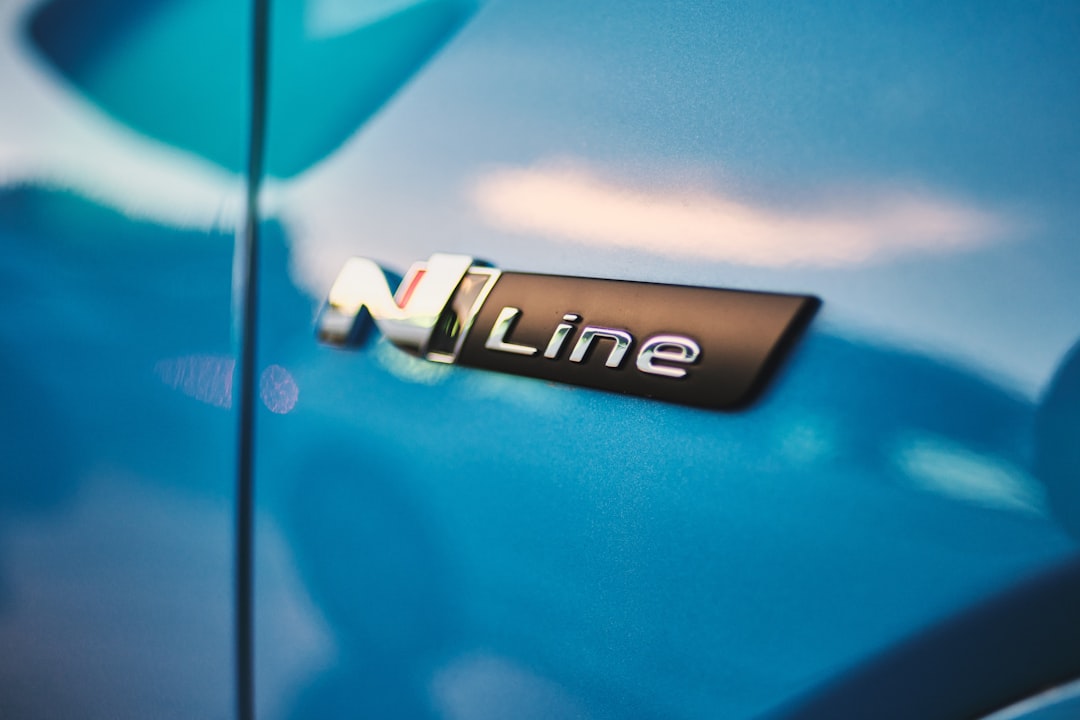Summary: Solid-state batteries hold great promise for revolutionizing electric vehicles by offering lighter, safer, and longer-lasting power sources. While lab breakthroughs have proven their feasibility, widespread commercial use is still several years away, with industry experts targeting prototype demonstrations by 2027 and large-scale production around 2030. The main hurdle now is scaling up manufacturing efficiently and cost-effectively, with advances in superionic materials playing a key role in this progress.
The Promise of Solid-State Batteries
Every few weeks, it seems, another lab announces a breakthrough in the race to perfect solid-state batteries. These next-generation power packs promise to transform electric vehicles (EVs), potentially eliminating the need for gas-powered cars altogether.
Solid-state batteries are designed to be lighter and more compact than the lithium-ion batteries currently used in EVs. They offer enhanced safety since they lack the flammable components that can cause lithium-ion fires, which, while rare, are notoriously difficult to extinguish. Additionally, they are expected to store significantly more energy, potentially enabling consumer EVs to travel four, five, or even six hundred miles on a single charge.
Charging times could also improve dramatically. Instead of the “fast” recharges that currently take half an hour or more, solid-state batteries could allow for refueling in just minutes—almost as quickly as filling up a gasoline car.
Current Challenges and Timelines
While these benefits sound almost too good to be true—and they are if you’re hoping to buy a solid-state-powered EV this year or next—the outlook becomes more realistic when looking a bit further ahead. “If you look at what people are putting out as a road map from industry, they say they are going to try for actual prototype solid-state battery demonstrations in their vehicles by 2027 and try to do large-scale commercialization by 2030,” explains University of Washington materials scientist Jun Liu. Liu directs a collaborative battery development effort known as the Innovation Center for Battery500 Consortium.
The key challenge today is no longer proving that solid-state batteries can work—that has been demonstrated in numerous labs worldwide. Instead, the focus is on figuring out how to manufacture these batteries at scale and at an acceptable cost.
The Role of Superionic Materials
Not long ago, such rapid progress toward powering electric vehicles with solid-state batteries seemed almost unimaginable. Eric McCalla, a battery materials researcher at McGill University in Montreal and coauthor of a paper on battery technology in the 2025 Annual Review of Materials Research, highlights the importance of new materials in this advancement. Superionic materials, which enable fast ion transport within solid electrolytes, are playing a crucial role in overcoming previous limitations and bringing solid-state batteries closer to commercial viability.
Looking Ahead: What to Expect
While solid-state batteries are not yet ready for mass-market EVs, the ongoing research and development efforts are promising. With continued innovation in materials science and manufacturing techniques, we can expect to see prototype vehicles equipped with solid-state batteries within the next few years and broader commercialization by the end of the decade. This progress could significantly enhance the performance, safety, and convenience of electric vehicles, helping to accelerate the transition away from fossil fuels.
